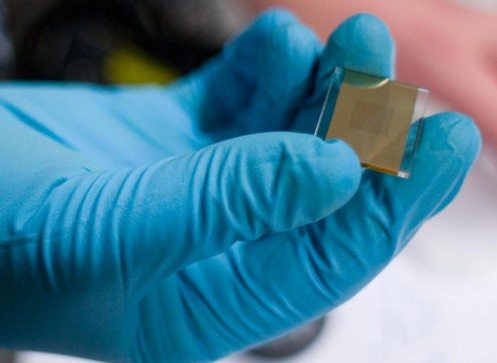Researchers at North Carolina State University have created a new flexible nano-scaffold for rechargeable lithium ion batteries that could help make cell phone and electric car batteries last longer.
The research, published online in Advanced Materials, shows the potential of manufactured sheets of aligned carbon nanotubes coated with silicon, a material with a much higher energy storage capacity than the graphite composites typically used in lithium ion batteries.
“Putting silicon into batteries can produce a huge increase in capacity-10 times greater,” said Dr. Philip Bradford, assistant professor of textile engineering, chemistry and science at NC State. “But adding silicon can also create 10 times the problems.”
One significant challenge in using silicon is that it swells as lithium ion batteries discharge. As the batteries cycle, silicon can break off from the electrode and float around (known as pulverization) instead of staying in place, making batteries less stable.
When the silicon-coated carbon nanotubes were aligned in one direction like a layer of drinking straws laid end to end, the structure allowed for controlled expansion so that the silicon is less prone to pulverization, said Xiangwu Zhang, associate professor of textile engineering, chemistry and science at NC State.
“There’s a huge demand for batteries for cell phones and electric vehicles, which need higher energy capacity for longer driving distances between charges,” Zhang said. “We believe this carbon nanotube scaffolding potentially has the ability to change the industry, although technical aspects will have to be worked out. The manufacturing process we’re using is scalable and could work well in commercial production.”
The research was supported by the Donors to the American Chemical Society Petroleum Research Fund. “Aligned Carbon Nanotube-Silicon Sheets: A Novel Nano-architecture for Flexible Lithium Ion Battery Electrodes” Published: Online Aug. 1 in Advanced Materials; Authors: Kun Fu, Ozkan Yildiz, Hardik Bhanushali, Yongxin Wang, Kelly Stano, Leigang Xue, Ziangwu Zhang, and Philip D. Bradford










